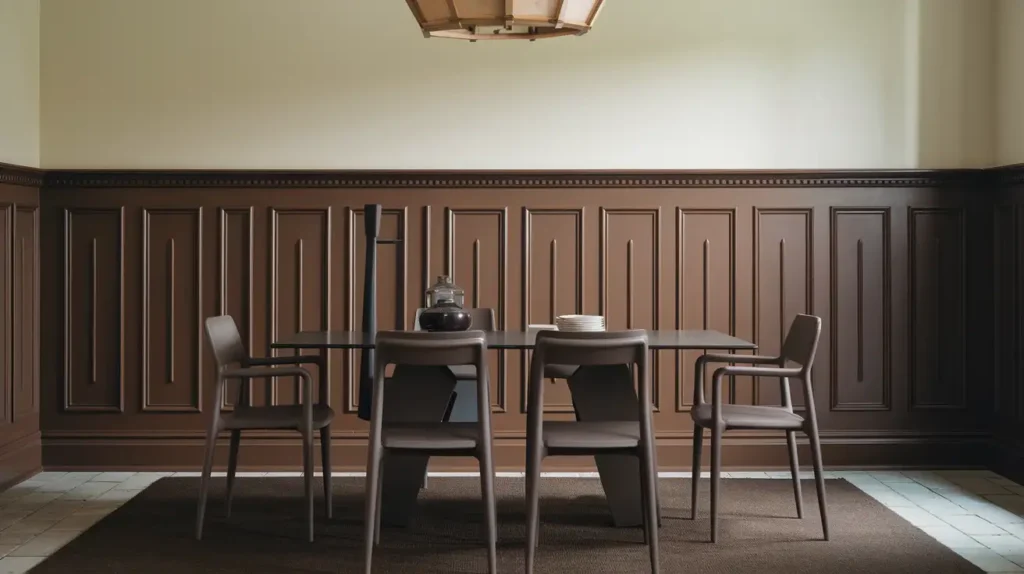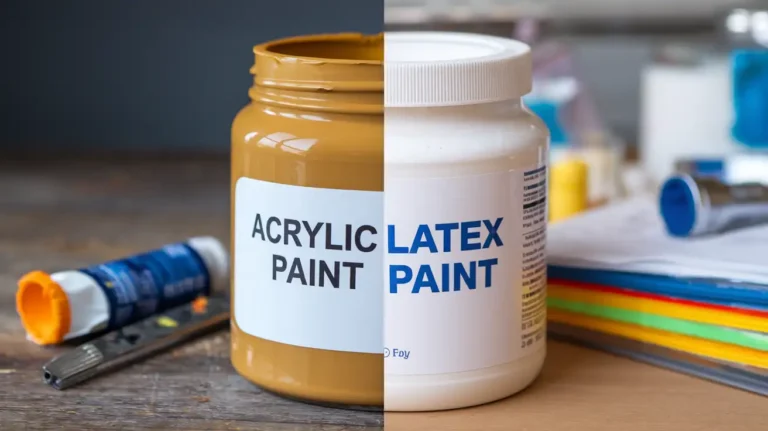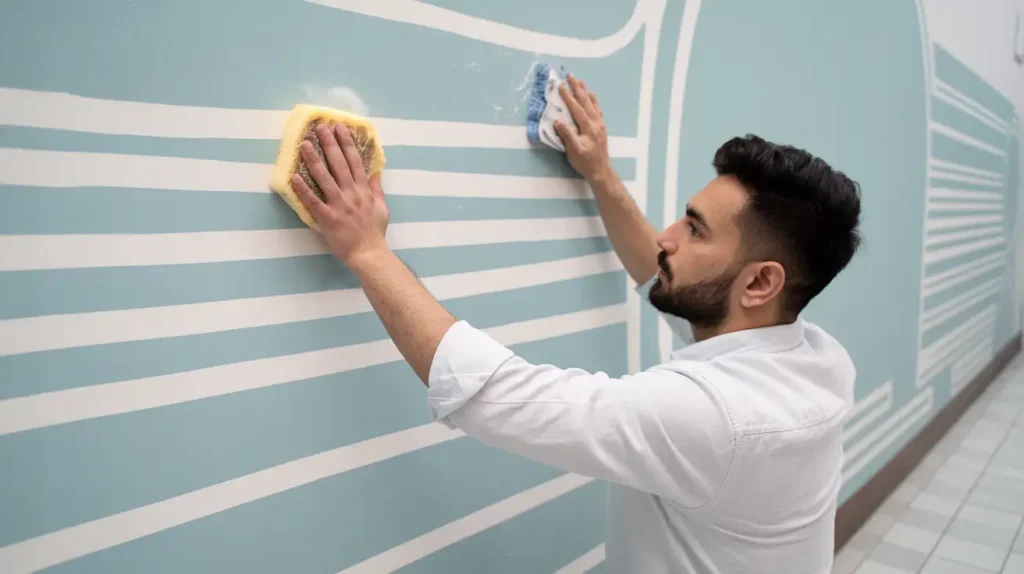10 Half Wall Paneling Ideas That Transform Any Room in 2025
Half-wall paneling is one of the best ways to add immediate charm, depth, and character to any room in your home. This decorative treatment, most commonly known as wainscoting, covers the lower wall paneling with a variety of materials, providing a custom, finished look that protects your walls and elevates your design. By choosing the right style, height, and material, you can transform a plain space into a visually interesting one. This comprehensive guide will give you the most valuable half wall paneling ideas, covering everything from classic beadboard to modern wood slats. We will also dive into materials, real-world costs, and the technical details you need to complete a project that offers maximum value for your home. Table of Contents Why Half Wall Paneling Is a Game-Changer for the Inside of Your Home Installing paneling is far more than just a decorative choice. This feature is a powerful element of interior design that provides multiple benefits, making it an excellent investment. Core Benefits of Lower Wall Paneling: Aesthetic Appeal: Half panels for walls instantly add texture and sophistication, creating a distinct visual break between the lower and upper sections of a room. This detailing makes a space feel more complete. Protection: In high-traffic areas like hallways, dining rooms, and mudrooms, half wall wood paneling shields the walls from scuffs, dents, and everyday wear and tear. This protection is key to long-term home maintenance. Insulation and Sound: The additional layer of material in the panels adds a slight boost to both thermal and acoustic insulation. This benefit is particularly noticeable in older homes or noisy living rooms. Increased Home Value: Quality-installed wainscoting is a highly marketable architectural feature. It shows buyers attention to detail and can increase the perceived value of your property. The Most Common Types of Paneling Before exploring the ideas, you must understand the four core styles of half panels for walls. Paneling Type Description Best for… DIY vs. Pro Cost (Installed per sq. ft.) Beadboard Vertical slats with a continuous groove or “bead” between them, often sold in large sheets. Bathrooms, laundry rooms, and cottage/farmhouse styles. $7 – $20 Board and Batten Wide, flat boards (the ‘board’) separated by thin, vertical strips (the ‘batten’), creating squares or rectangles. Hallways, bedrooms, and modern farmhouse looks. $7 – $23 Raised Panel Thick, beveled panels set into a frame, giving a traditional, formal, three-dimensional look. Dining rooms, formal living rooms, and classic entryways. $10 – $33 (Highest labor cost) Flat Panel (Shaker) Simple, recessed inner panels framed by clean wood trim. Minimalist and timeless. Contemporary homes, bedrooms, and kitchens. $7 – $10 10 Modern Half Wall Paneling Ideas for Different Rooms 1. Dark Painted Half-Wall Dark painted half-wall paneling creates instant drama in spaces that need personality. Navy, charcoal, or deep forest green work best in bedrooms, home offices, and dining rooms. Cost & Timeline: Materials: $6-10 per linear foot Labor (if hiring): $15-25 per linear foot DIY time: 8-12 hours for 12×14 room Professional install: 1 day Best Materials: MDF panels work great here because they take paint smoothly. The flat surface shows rich colors without wood grain interference. For bathroom half wall panels in powder rooms, use moisture-resistant MDF or PVC with semi-gloss paint. San Diego Tip: Dark colors work well in north-facing rooms that stay cooler. Inland homes with strong sunlight should pair dark lower walls with light upper walls to prevent heat absorption. Common Mistake to Avoid: Don’t paint dark panels in rooms under 100 square feet. The space will feel cramped. Stick to rooms 120+ square feet with good natural light. 2. Natural Wood Paneling Natural wood brings warmth that painted surfaces can’t match. This style works in modern half wall ideas for living rooms, bedrooms, and home offices where you want a calm, organic feel. Cost & Timeline: Pine: $8-12 per linear foot Oak: $15-22 per linear foot Cedar: $18-28 per linear foot Install time: 10-14 hours DIY, 1-2 days professional Material Specs: Use 1×6 tongue-and-groove boards for traditional look, or 1×4 shiplap for modern farmhouse style. In San Diego’s dry climate, pine holds up well indoors without warping. Coastal homes within 5 miles of the ocean should seal wood with polyurethane to prevent moisture damage. Maintenance Reality: Wood panels need dusting every 2 weeks and re-sealing every 3-4 years in high-traffic areas. Budget $150-200 for professional re-finishing or plan a weekend DIY project. Design Combination: Pair natural wood with white walls above and black window trim for high contrast. Add brass or black sconces mounted on the paneling for a layered look. 3. Victorian Wall Paneling Victorian wall paneling brings old-world elegance with raised panels and detailed molding. This lower wall paneling style shines in formal dining rooms, entryways, and stairwells. Cost & Timeline: Pre-made raised panels: $12-18 per linear foot Custom millwork: $25-40 per linear foot Installation: 12-16 hours DIY, 2-3 days professional What Makes It Victorian: Raised panels sit 1/4 to 1/2 inch proud of the frame. Traditional heights run 32-36 inches with a chair rail cap. The panel creates a visually three-dimensional effect that catches light throughout the day. Color Choices: Classic white shows off the detail best. For modern takes, try soft gray or warm taupe. Victorian homes in San Diego’s North Park and South Park neighborhoods often feature original wainscoting worth restoring rather than replacing. Budget Alternative: Create a similar look with flat panels and applied molding strips. Use 1×4 boards as frames and 1×2 strips for inner detail. Total cost drops to $7-11 per linear foot. 4. Colorful Half-Wall Paneling Colorful half paneling for walls lets personality shine. Soft pastels, bold greens, or warm terracotta create statement spaces without full-color commitment. Best Room Applications: Nurseries: Soft pink, mint, or lavender Home offices: Energizing coral or teal Playrooms: Primary colors or fun combinations Powder rooms: Jewel tones like emerald or sapphire Cost & Timeline: Materials: $5-9 per linear foot (MDF or beadboard) Premium paint: $45-60 per gallon (covers 200 linear feet) Time: 6-10 hours including paint
10 Half Wall Paneling Ideas That Transform Any Room in 2025 Read More »







